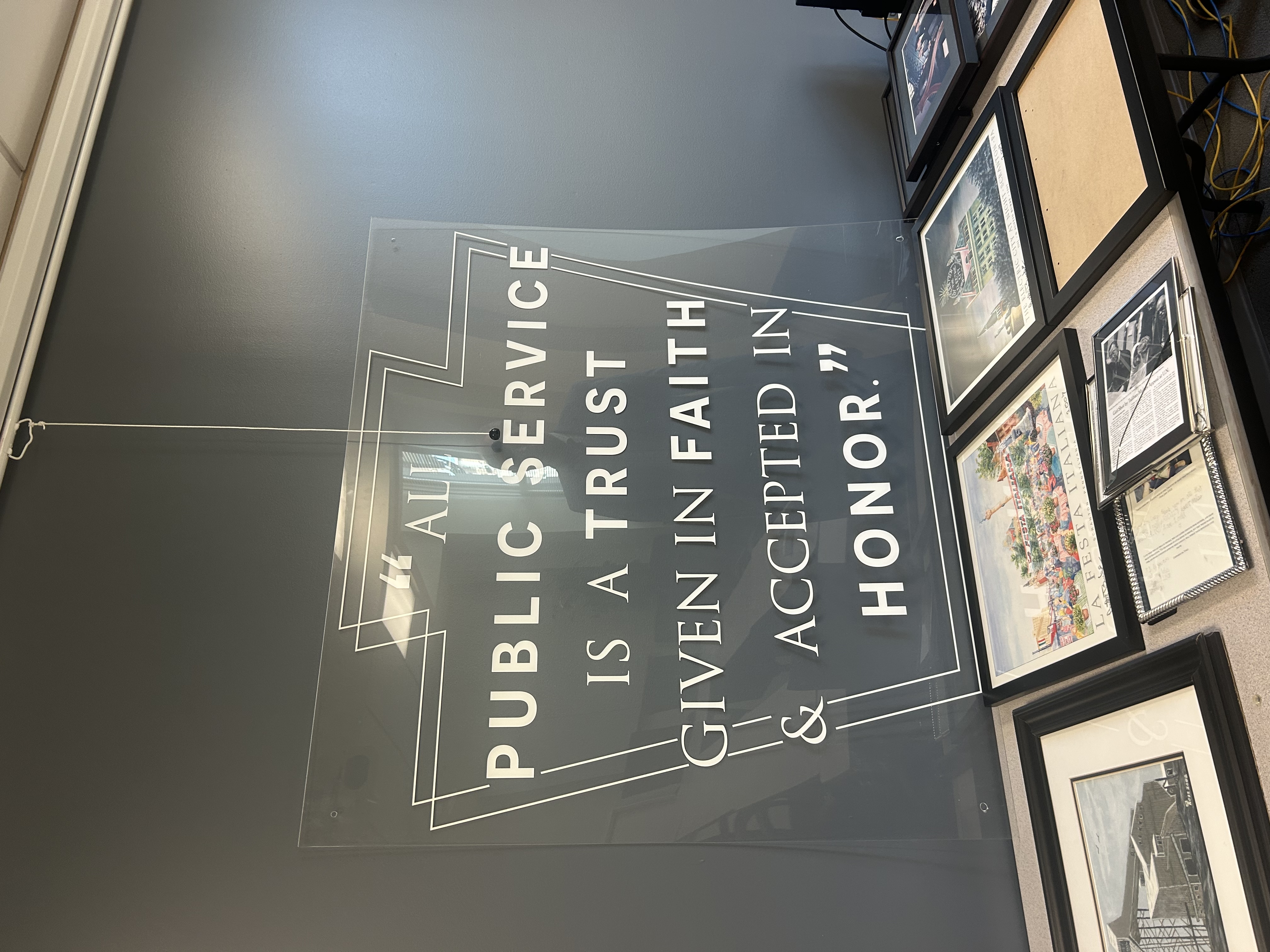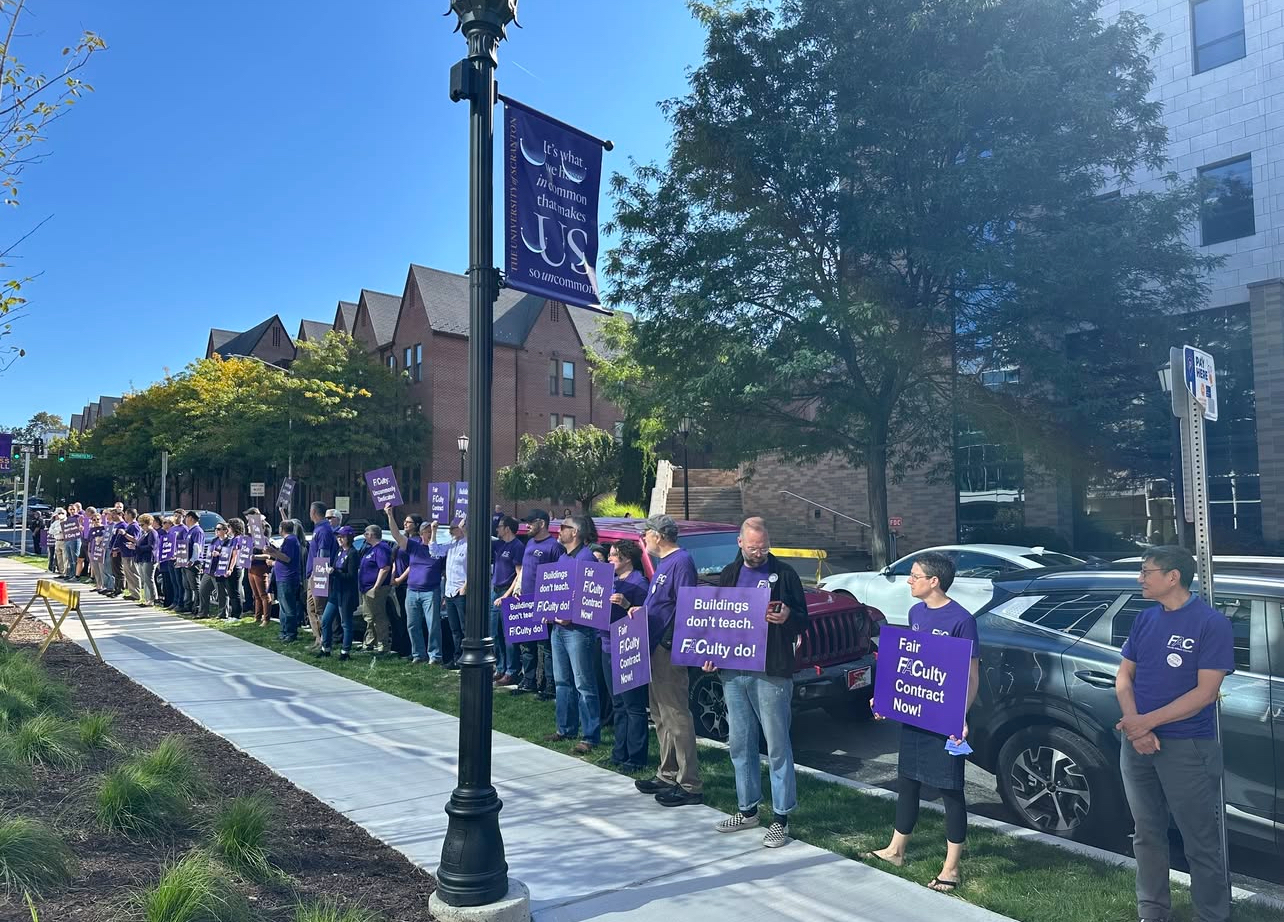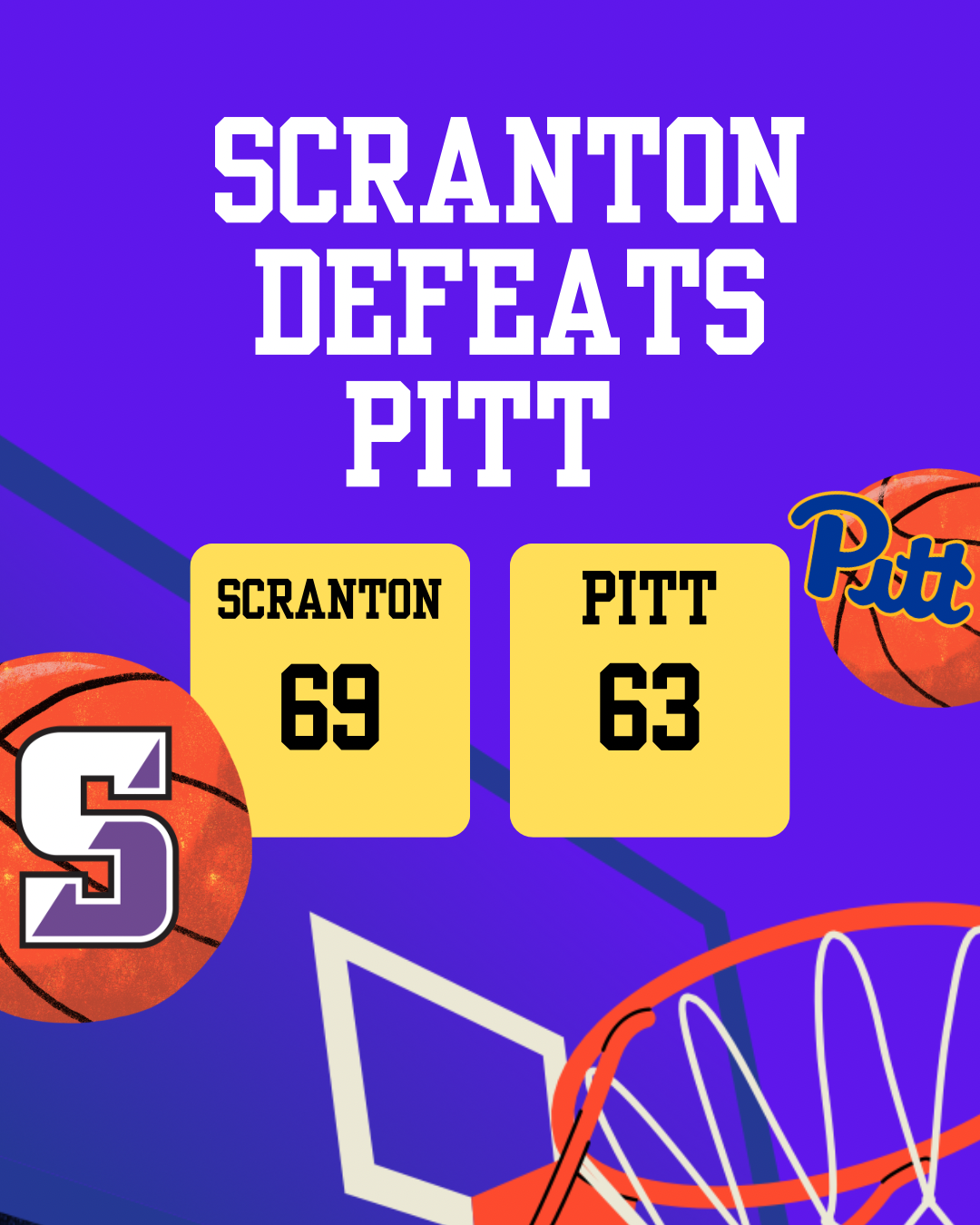The dirt pit fenced off across from Brennan Hall is the University’s latest blank canvas for their new building project.
According to a Royal News article released Jan. 23, construction for the new building starts this spring and should end by the summer of 2025. The building will focus on workforce development and boosting community engagement through creativity.
One feature that will help achieve this goal is a 10,000 square-foot area on the first floor called a maker/innovation space, according to the article. Communication and media associate professor, Brian Snee, Ph.D., provided insight about conversations since the Jan. 23 article regarding the space.
On Feb. 29, Snee had a Zoom meeting with Michelle Maldonado, provost and senior vice president of the University’s academic affairs. They talked about the space and its technological possibilities with Bre Pettis, founder and former CEO of the 3D printing company MakerBot.
The goal is to have podcasting abilities, video production, typical maker equipment like laser cutters, sewing machines and other things. The meeting discussed maybe purchasing virtual reality and augmented reality equipment, which excites the Communication and Media department with the collaborative research possibilities, Snee said.
It was proposed that the space will concentrate on strategy, research, content creation and manufacturing. It could host certificate programs, workshops, focus groups or social scientific experiments, Snee said.
What was confirmed is that the innovation hub will be multi-disciplinary, housing a communications room along with a place for mechanical engineering and small business development. Snee explained the innovation hub can let University students apply their growing expertise to work with real clients.
“That’s an opportunity for our students to use equipment that we don’t have to train people and work with others, so I’m hoping it will be a kind of internship or paid position,” Snee said. “Our students could graduate not just as students who learned but as young instructors who taught.”
Jack Olonovich, sophomore mechanical engineering student, has first-hand experience witnessing the success of two makerspaces. He volunteered at one that required his passport and a thirty-hour flight.
Olonovich went to the country Jordan in January 2023 to help a woman named Basma with her makerspace business. What Olonovich gathered, despite the language barrier, was that Basma opened the makerspace to help refugees and immigrants.
The Jordanian government accepted refugees and immigrants into the country but denied them work visas. Their inability to generate an income became a community concern.
Basma’s makerspace was their financial answer. It was equipped with piles of donated tools, supplies and looms the people could use to make products they could legally sell.
Olonovich’s role was to teach Basma and the other volunteers for three weeks how to use the donated tools so they could then teach the people. His background experience included work at a machine shop, advanced woodshop courses and home projects.
Olonovich also worked in the makerspace at Pennsylvania College of Technology, Penn College, as a student. He attended Penn College for two years before transferring to the University of Scranton.
Penn College’s makerspace included a woodshop, sewing machines, computers and other equipment, Olonovich said. The makerspace was extremely popular with students including himself.
“I went there probably four nights a week and the place was always popping because everybody was always going there,” Olonovich said.
Olonovich said he is excited for the university’s innovation hub because mechanical engineering students will be able to work on their ideas with the proper tools after class hours. Weston Camillone, sophomore journalism/electronic media and advertising/public relations double major is looking forward to the possibilities for communication majors.
“I’m happy for it and I wish it could come sooner,” Camillone said. “The Comm department can go in and influence and teach other people certain things.”
Camillone said that he would suggest including writing workshops for the community. With the instruction communication majors receive about Associated Press style, grammar, spelling, punctuation and tightening techniques, communication students could be writing instructors.
All these ideas reflect a larger brainstorm going on at the administrative level. The official design plan for the innovation hub is still unknown.
“The truth is the University is still dreaming this up. And that’s an exciting moment because it could be a number of things,” Snee said. “Sky’s the limit.”










